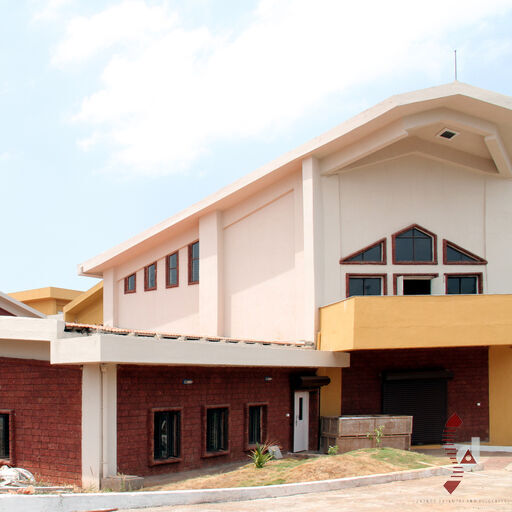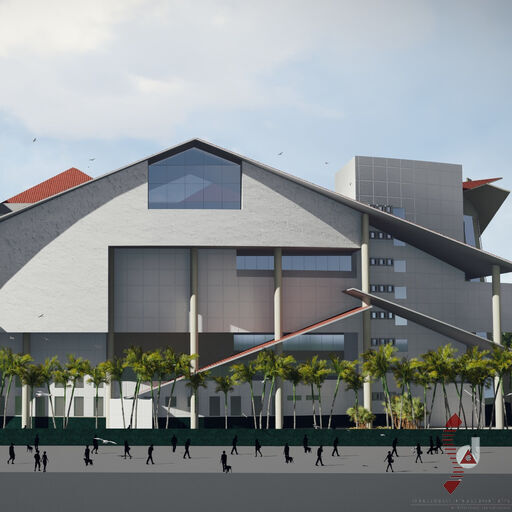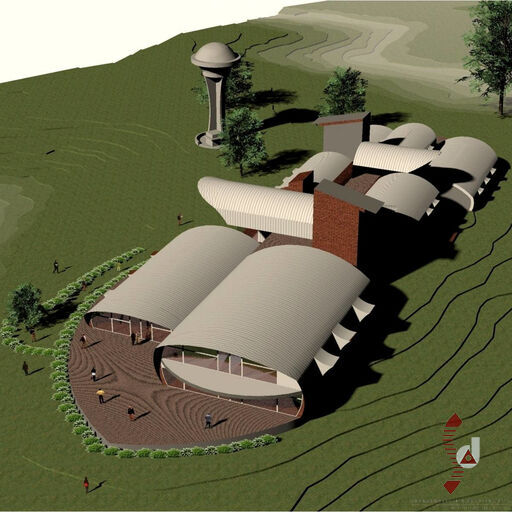Regionalist Style of Architecture
Recent Projects
SDAArchitect's Approach to Regionalist Building Design
India, with its vast diversity in culture, climate, and geography, is a land that has always celebrated the uniqueness of its regions. From the snow-capped peaks of the Himalayas in the north to the coastal plains of the south, from the deserts of Rajasthan to the lush green landscapes of Kerala, the country is a confluence of myriad architectural styles. Regionalist architecture in India plays a crucial role in reflecting the country's cultural heritage, identity, and social practices. It allows architects to blend traditional designs with modern techniques while being sensitive to the local environment, materials, and needs. This essay aims to explore the significance of regionalist architecture in India and how it enhances the connection between people, their environment, and their history.
Preserving Cultural Identity
One of the primary reasons for the importance of regionalist architecture in India is its ability to preserve and showcase local cultural identities. Different regions in India have developed their own distinct architectural traditions over centuries, influenced by climate, available resources, religion, and social customs. For instance, the wooden temples of the hills in Uttarakhand or Himachal Pradesh reflect the region's abundant forests and the cultural importance of timber. On the other hand, the stone carvings and intricately designed jharokhas of Rajasthan speak to the region's history of royalty and desert landscapes. By adopting regionalist principles, architects ensure that these age-old traditions are not lost to modernity but instead are given a new life in contemporary structures.
Environmental Sensitivity
India's diverse climatic conditions make it essential for architecture to be sensitive to the local environment. Regionalist architecture takes into account the specific climatic challenges of a region, using locally sourced materials and traditional building techniques to provide solutions that are both sustainable and energy-efficient. In regions that experience extreme heat, such as Rajasthan, vernacular architecture often includes thick walls and courtyards that naturally cool buildings. In contrast, houses in the humid coastal areas of Kerala utilize sloped roofs and wooden structures to maximize ventilation and protect against heavy rains. This form of architecture ensures that buildings are not only comfortable for inhabitants but also minimize the need for artificial cooling or heating systems, reducing energy consumption and environmental impact.
Promoting Local Craftsmanship and Economy
Regionalist architecture also plays a significant role in sustaining and promoting local craftsmanship. Many regions in India are home to specialized artisan communities whose skills have been passed down through generations. By incorporating these local crafts into architectural designs, architects support the local economy while keeping these crafts alive. For example, the use of intricate stonework in Gujarat or the renowned handloom textiles in Assam can be integrated into modern buildings, creating a fusion of old and new. This not only enhances the aesthetic value of structures but also boosts employment and sustains indigenous art forms.
Fostering a Sense of Belonging and Community
Architecture is not just about creating spaces; it is about creating a sense of place. Regionalist architecture fosters a deeper connection between people and their environment, enhancing their sense of belonging. When buildings are designed using elements familiar to the local community, they create an emotional bond with the inhabitants. For instance, houses built with the traditional bamboo structures in the Northeast evoke a sense of community and continuity with the past. Similarly, the colonial-era structures in cities like Kolkata, when restored with regional influences, celebrate the cultural history of the region, enabling residents to feel pride in their heritage. This approach to design contributes to social cohesion and a stronger community identity.
Architectural Innovation and Adaptability
While regionalist architecture emphasizes tradition, it is also a platform for innovation. Architects today are not merely replicating the past but are integrating modern techniques and technologies with regional styles. The challenge lies in adapting traditional designs to the needs of the present, resulting in functional yet aesthetically pleasing spaces. For example, the use of sustainable materials like mud, bamboo, and stone in combination with cutting-edge green technologies is becoming increasingly popular. These hybrid designs not only respect local traditions but also address contemporary concerns such as environmental sustainability, making regionalist architecture an adaptable and forward-thinking approach.



